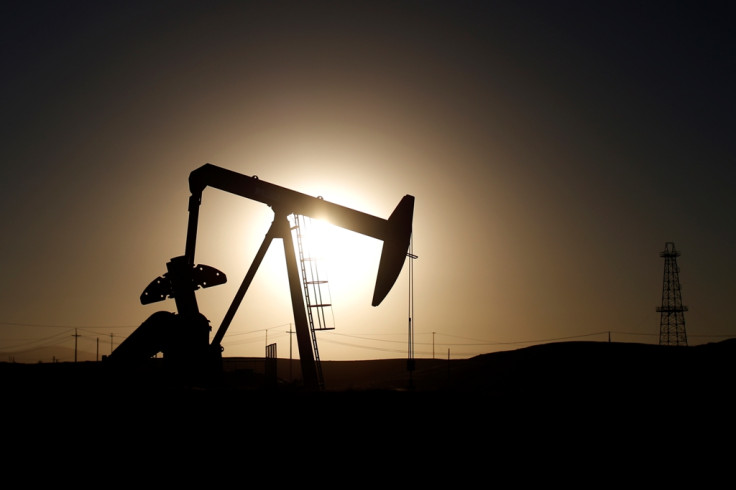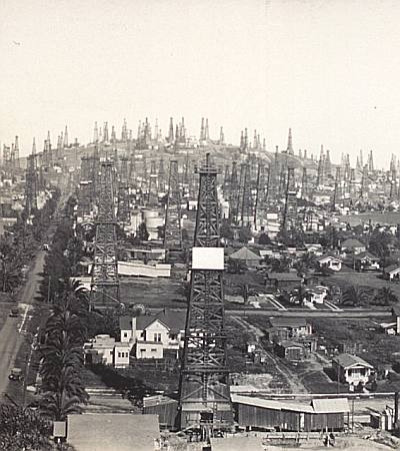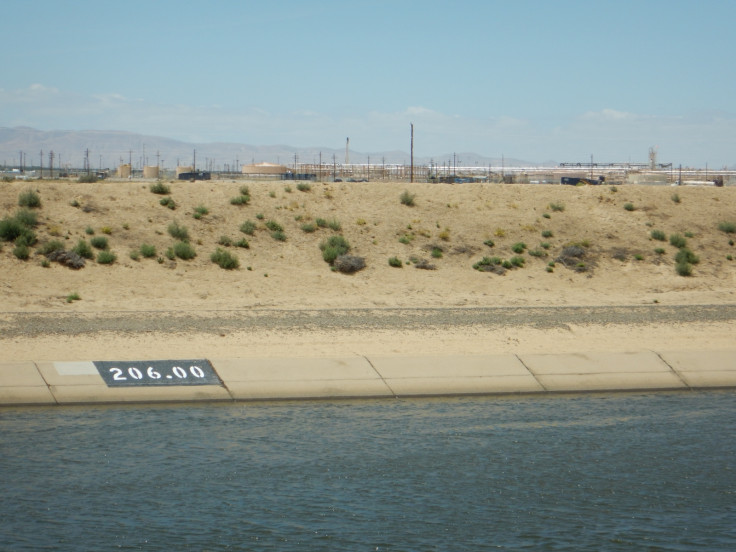Oil drilling linked to 1933 Los Angeles earthquake that killed 120 people
The Long Beach earthquake of 1933 and several others have been linked to oil drilling.

Four earthquakes in the 1920s and 1930s have been linked to oil drilling activity in the LA basin, say researchers at the US Geological Survey, including the Long Beach earthquake of 1933 that resulted in over a hundred deaths and about $40m (£33m) in damage to buildings and infrastructure.
The study, published in the Bulletin of the Seismological Society of America, is the first to look at earthquake and drilling activity in the region before 1935. Seismologists Susan Hough and Morgan Page found links between four earthquakes in that period and the specific activities of oil drillers.
"There were five events that were magnitude 5 or greater between 1900 and 1935," Hough told IBTimes UK. "For four of them we found evidence for industry-related activity."
Hough and Page compared historical reports of earthquakes that had been felt in the area over that period with state reports on the operations of California oil fields in the early 20th century.
They found that they could link four earthquakes in particular to oil production activities that happened shortly before each of them. They were the 1920 Inglewood earthquake, the 1929 Whittier earthquake, the 1930 Santa Monica earthquake and the 1933 Long Beach earthquake.

The latter had a magnitude of 6.4, resulted in the deaths of 120 people and caused an estimated $40m of damage. This event was linked to activities in the Huntington Beach oil field about nine months before the event. "The location of that well was no more than a few kilometres from where the earthquake happened," says Hough.
It was associated with deep drilling, after shallow reserves of oil had been depleted. State records of oil field activity record that "[the drillers] ran into some problems and hit a water-bearing layer that might have been a fault", Hough says. "They dealt with the drilling problem and carried on."
It was the proximity in both time and space, not just oil production but specific events such as this example of deeper drilling, that made Hough draw the link between the two, she says. "The key seems to have been when they were drilling deeper. In many fields they struck oil in shallow strata. Then they started drilling deeper. It was that deeper drilling that preceded the earthquakes."
Finding the historical state records of the activities of the oil drillers was the key, Hough says, saying they were tucked away in "a dusty corner of cyberspace". She says that initially she had not been looking for evidence of earthquakes induced by human activity in California. "I was just poking around online because I wanted to comment on the issue of induced earthquakes."
While Hough says that the data offer "compelling evidence" of a causal link between drilling and the earthquakes, she says that the case is not beyond all shadow of a doubt. "For any induced earthquake it's impossible to put the last nail in the coffin and say it wouldn't have happened otherwise," she says. "I'm not sure one would ever be able to prove it. It's hard to put a number on it."

Hough says that these findings raise a lot of other questions, saying that it would be worth revisiting data of other big earthquakes in the area. "There hasn't been a lot of work done, not a lot of studies looking at potentially induced earthquakes in California. One implication is that is worth looking more closely," she says.
However, when considering more recent earthquakes, Hough says that it's worth remembering that drilling technologies have changed considerably over the past 100 years. The study's findings "do not necessarily imply a high likelihood of induced earthquakes at the present time", Hough says. "With the advent of water flooding and other changes in industry practices, you may not find these kinds of induced earthquakes after 1935," she says. "It's possible it was just an early 20<sup>th-Century phenomenon."
© Copyright IBTimes 2025. All rights reserved.






















